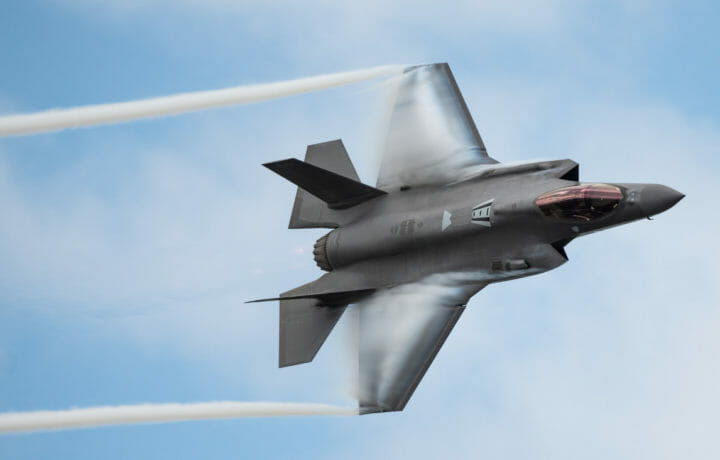One common misconception is that the military has a dedicated supply chain to source repair parts for existing equipment and initial parts for new builds. Part of that misconception stems from the fact that on the surface, military equipment appears to be so different from what is found in the civilian world that it must have its own supply chain.
And that is true … up to a point. Most military parts come to an end user through a military supply chain. But further back up that chain, some of the same raw materials used to make that military-specific part may in fact also be used in the civilian world.
And there are other contributing issues, such as:
- Military/Civilian Competition
- Long Development Cycles
- Aging Equipment
- Counterfeit Parts
Military/Civilian Competition
Take micro-chip boards for example. The military has to compete for the same materials (and in some cases the same circuit boards) that go into in civilian vehicles as well as what is used in many military applications. And because there are only a small number of companies making boards, and the fact that the number of boards they can make per day is driven by resource limitations, like material, equipment, manpower and time, they can only supply a limited number of boards per day. So the competition as far as who gets the boards is strong.
Long Development Cycles
Another issue is the long military equipment development cycle. By the time a piece of equipment is designed, engineered, prototypes built and tested (and in many cases redesigned and retested), some parts are already obsolete due to the fast-paced changes in technology.
That is what happened in the F-35 program for example. One small, but critical part was the flight helmet. By the time it was ready to deploy, some parts were already obsolete. While the aircraft may be able to fly (and it had issues of its own), the pilot can’t do so without a functional helmet.
Aging Equipment
Another big factor is trying to source repair parts for old, but still functioning, equipment. A prime example of this is the M113 family of Armored Personnel Carriers (APCs). While a new family of APCs is replacing the old fleet, many M113s dating back to the Vietnam era still serve a vital role here and in many foreign countries. Trying to source repair parts for a vehicle fleet that is 70 years old is no easy feat.
In many cases parts no longer exist, so the logistics chain either has to award a contract to a manufacturer that is large enough to make it worthwhile financially for them to set up and do a special manufacturer run to create the part … or serviceable parts have to be cannibalized off of other vehicles. Either way, when equipment is not capable of doing its mission, readiness suffers.
Counterfeit Parts
One issue that is happening more frequently is counterfeit parts. Using parts that have not been properly vetted can not only endanger lives but can also damage equipment it was intended to fix. For example, one company caught doing this was selling millions of dollars of combat boots to the military under the guise they were made in the USA when in fact, they were made in China and the U.S company was ripping off the “Made in China” tags. A mission could fail because of something as small as knock-off combat boots failing apart while operating under austere conditions.
What Is Being Done About It?
The supply chain issues are well known throughout the Pentagon. House Armed Services Committee report from the Defense Critical Supply Chain Task Force recently noted: “It is clear to us that failure to address our current cumbersome supply chain procedures will weaken American leaders’ ability to respond to strategic challenges.” But the wheels of government grind slowly and changing a deep-rooted system takes time and money.
In July 2021, the Task Force released a report that included six actionable legislation pieces to be introduced as part of the FY 22 NDAA. In a nutshell, it noted that the DOD must:
- Treat the supply chain security as a defense strategic priority
- Have better supply chain visibility to understand it vulnerabilities
- Reduce its dependance on adversaries especially in the areas of resources and manufacturing
- Improve its productive partnership between it, industry, education, labor and other federal and local partners
- Strengthen its ability to leverage ally and partner capabilities
- Deploy the full range of American innovation to secure rare earth elements that care critical to some parts, but I short supply
While these six legislative recommendations are a start, don’t expect anything to soon change. Changes of this magnitude at the Congressional level take time … and a lot of it. Even after approval, it will take more time for the changes to trickle down through the supply chain to the level of where the changes will actually make a difference.




